How Singapore discovered the secret to a longer life
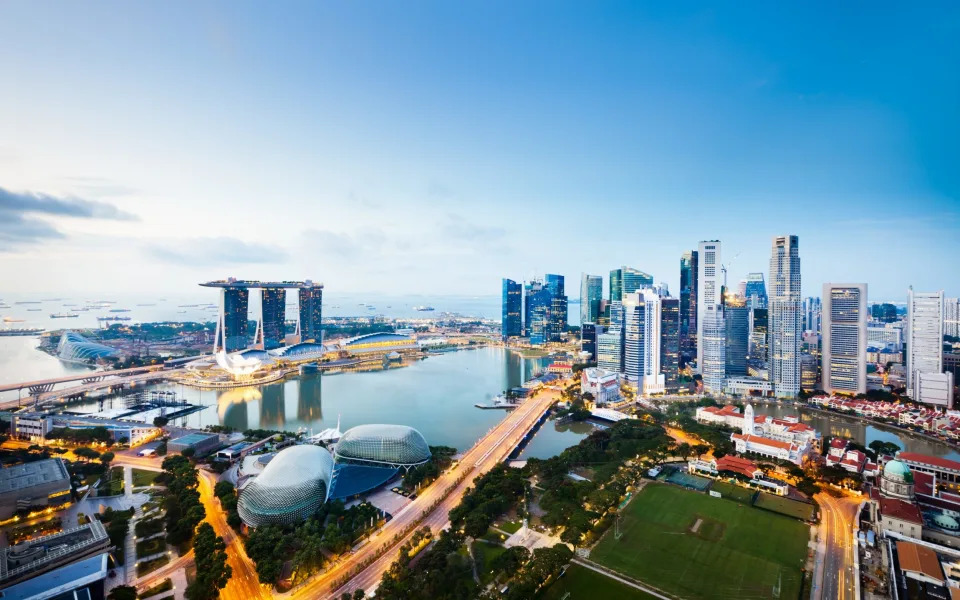
Singapore has been named the sixth Blue Zone in the world, meaning it has one of the healthiest, longest-living populations - Getty
This past weekend in Singapore, I celebrated the 101st birthday of one of my uncles, who has lived in this country for most of his life. Until a year ago, he played golf several times a week. He still plays a mean game of ping-pong. He’s had Covid four times, which gives some indication of how sociable he is – and how tough. At his birthday party, he chatted with guests, laughed at jokes, and told me “every day is a bonus”.
He’s exceptional, but maybe not that exceptional in Singapore, which has just been named the sixth Blue Zone in the world, nominated as having one of the “healthiest, longest-living populations”. Blue Zones were conceived 20 years ago by bestselling author Dan Buettner, a National Geographic Fellow, who located five qualifying regions: Sardinia, Italy; Okinawa, Japan; Ikaria, Greece; Nicoya, Costa Rica and Loma Linda, California in the US.
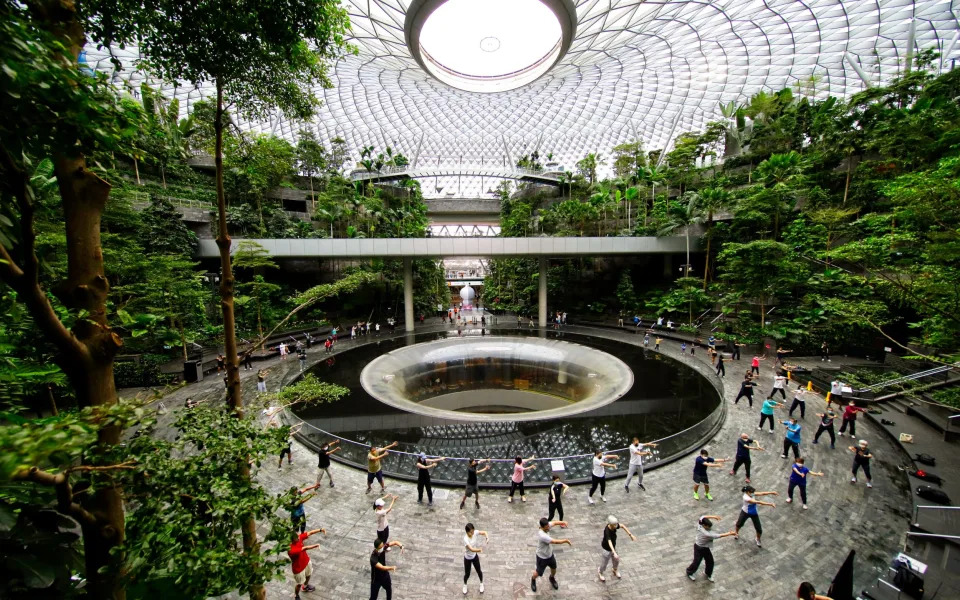
Locals practice qi gong or t’ai qi at Singapore's Botanical Gardens - Getty
Singapore, with a population of just under 6 million, is different, Buettner says, because it’s “engineered” longevity. For the first five locations, long life appeared effortless; residents there were naturally endowed with a healthy environment, a plant-based diet and active lifestyle. The impressive statistics for Singapore – a bustling metropolitan city-state with one of the highest population densities in the world – is more down to public policy, Buettner says, which includes good housing, reliable public transport and a lauded healthcare system.
Wholesome food is subsidised and there are free community activities for the elderly. It turns out the healthiest choice is often the cheapest. Crime is rare. An expat friend living in Singapore who came home to a trashed apartment assumed they’d been burgled and called the police. When they all noticed an iPad on the table and a banana skin on the floor, they realised it was actually a troop of macaque monkeys who’d “broken in” through an open window.
Everyone nodded knowingly; nobody gets burgled in Singapore. That peace of mind is worth a lot, especially to the vulnerable and elderly.
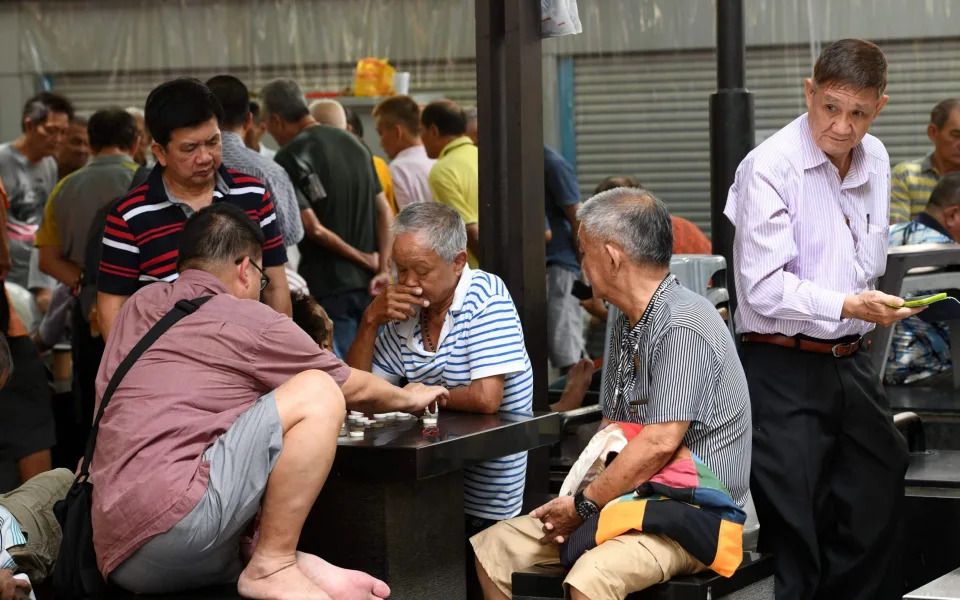
Free community activities for the elderly help keep them young - Getty
For tourists eager to tap into the secrets of a long healthy life, there are strong indicators to be found at Singapore – not least at its Botanic Gardens, with their 80 hectares of tropical landscaping, including the world’s largest orchid display.
Around dawn, elderly locals congregate here to exercise before the heat of the day. Groups of friends gather to practise the meditative martial art of qi gong or t’ai qi, or a gentle form of swordsmanship with long sticks, which sustains postural balance and muscle strength.
Some can be seen briskly walking the shady trails between the lakes, forest and wetland, while others walk at the same speed but backwards, which challenges the brain and increases range of motion; it’s mesmerising to watch and difficult to copy.
There are, of course, inadvertent health benefits to spending time in leafy parkland, inhaling oxygen-rich air and phytoncides, the essential oils released by plants, thought to reduce stress and boost the immune system. Additionally, watching sunrise, the first flush of light spanning across the sky, asserts our circadian clock, the internal 24-hour rhythm which helps regulate sleep and hunger.
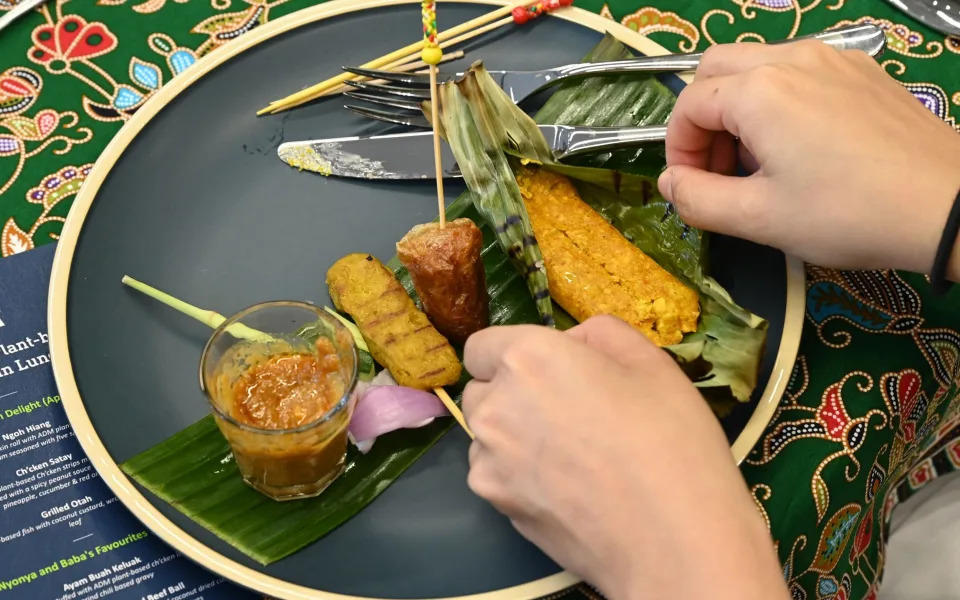
Fresh, healthy food is par for the course in Singapore - Getty
Another public place to watch Singapore’s nonagenarians and centenarians in action is at the hawker centres, the city’s renowned open-air hubs of affordable street food. My favourite dishes are Hainanese chicken rice and char kway teow noodles, but they probably don’t qualify for a sticker from the government’s Health Promotion Board, which slaps a red pyramid symbol on stalls committed to healthier options. Those dishes might include Ban Mian noodle broth and Popiah spring rolls stuffed with peanut, egg and vegetables.
What’s noticeable about hawker centres is the communal eating at large tables, allowing friends to gather for regular meals, rather than only on special occasions. This sociable layout also provides opportunities to exchange with strangers; for tourists, it’s an easy way to meet locals.
Observe the men and women working at the hawker centres, taking away empty dishes and wiping down tables, some of whom look long past retirement age. They probably are. Singapore has programmes to match seniors with gainful work, often flexi- or part-time, sometimes voluntary, aiming to revive their sense of purpose.
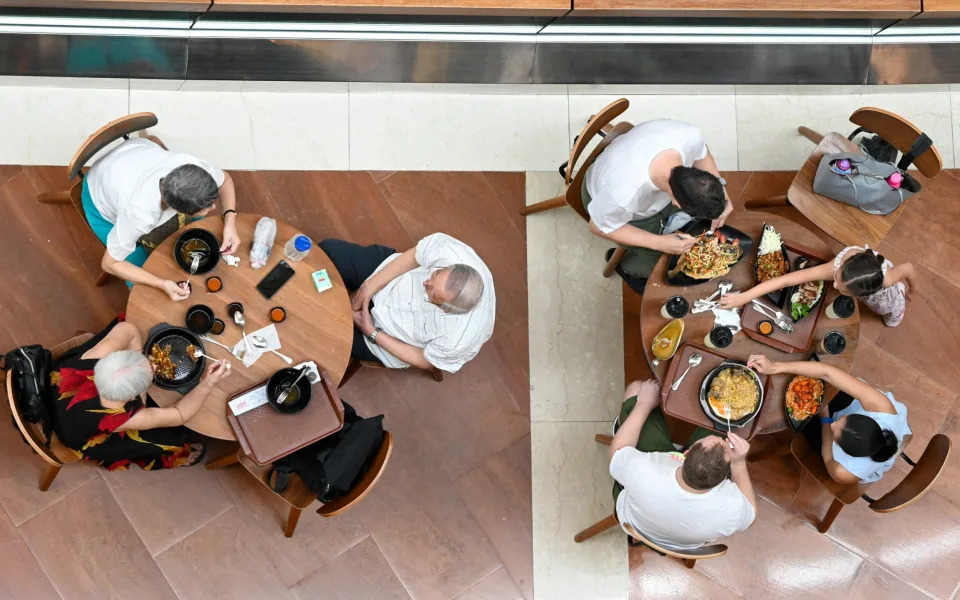
You will often see younger and older generations spending time together in Singapore - Getty
The elderly are valued in society and there are strong bonds between old and young. A multigenerational holiday to Singapore would seem perfectly normal to locals here, who prioritise family time, perhaps another top tip to a long life.
With so much to be thankful for, it may be entirely in keeping to see processions of elderly at the temples dotted about town, lighting incense sticks, and making offerings of fruit and flowers. It turns out these gestures may have their own health benefits, too. A moment of self-reflection can steady breathing, lower tension and increase focus.
Many of us have long favoured the “live fast” philosophy, and have made it past the age of dying young more by luck than judgement. Now, as the idea of dying old and well becomes more and more important, it seems a trip to Singapore may offer some crucial lessons in pulling it off.


